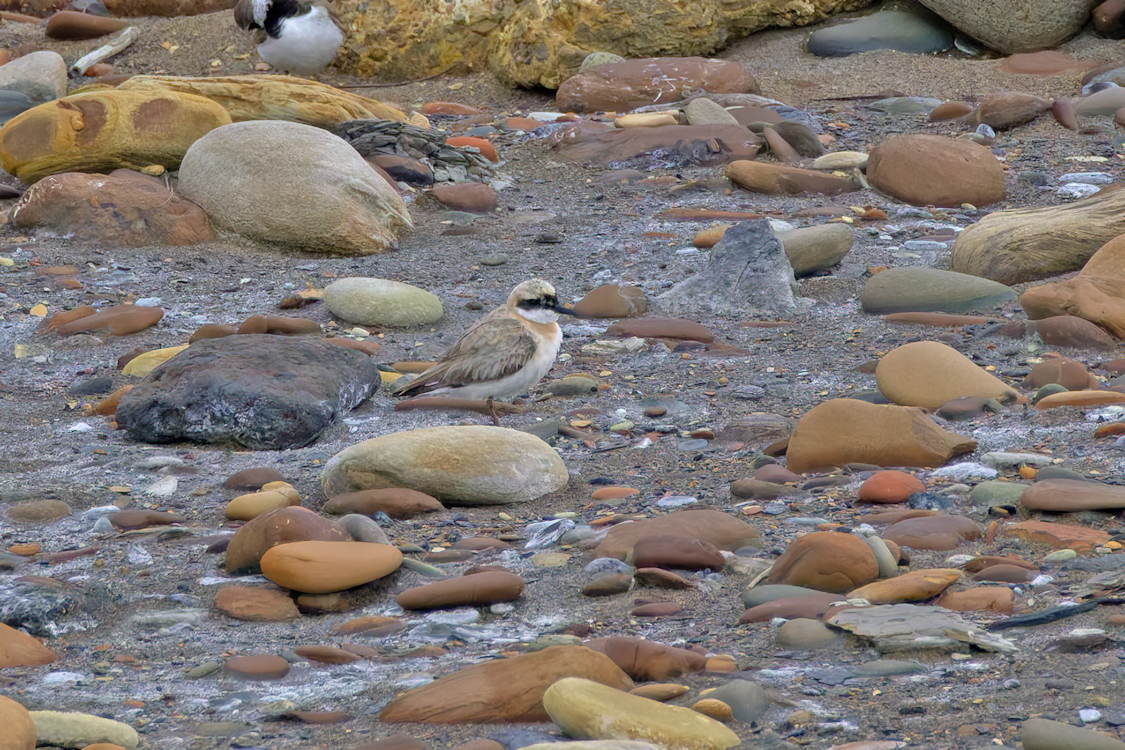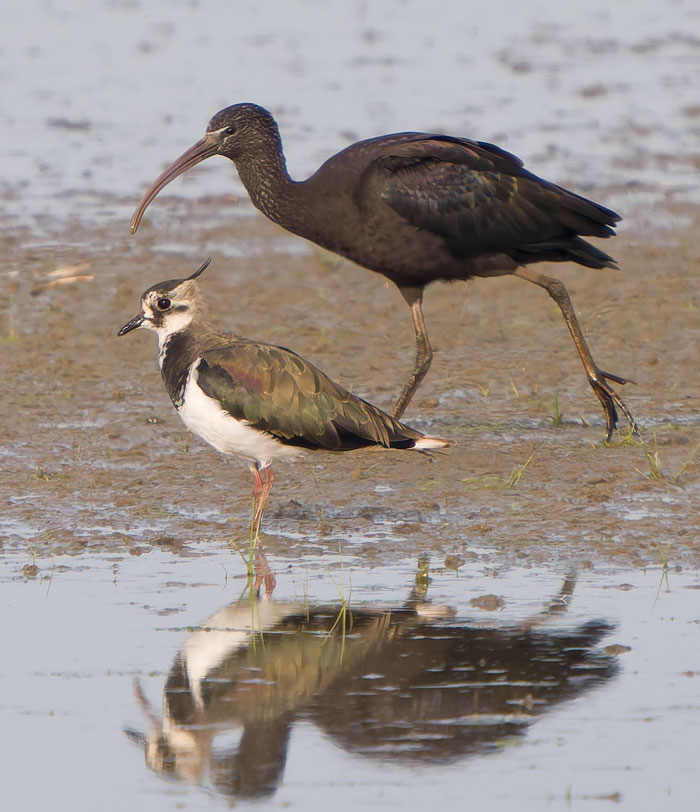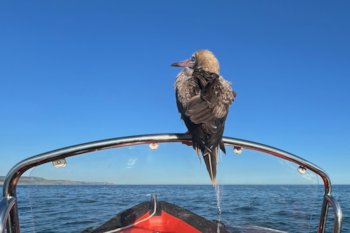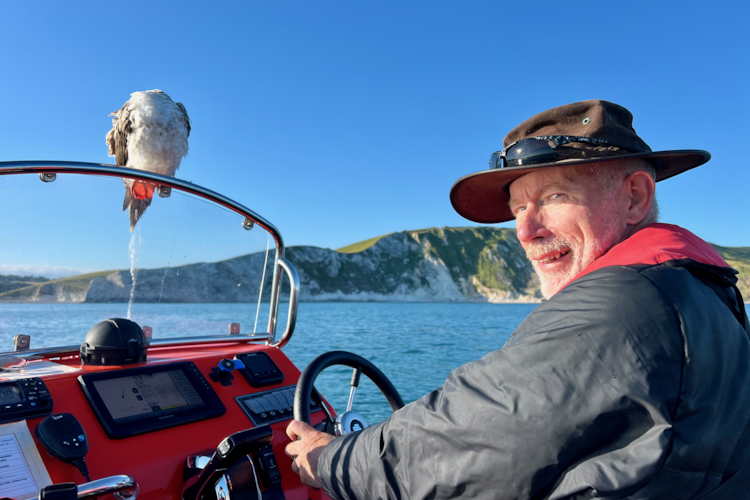
22/07/2021
ALSO MEGAS BIRDS IN BRITAIN! & CHESHIRE & WIRRAL RARES UPDATED DAILY!

22/07/2021
Visiting friends in Norfolk I called in at Finningley in Nottinghamshire this morning and managed to connect with a Black winged pratincole that has been present for the last couple of weeks.

This was only my fourth Black winged pratincole I had seen in Britain,the last one was on the 4th May 2012 at Burton RSPB in Cheshire.
Over the next few days whilst out walking I connected with a Glossy Ibis at Cley

and Black tailed skimmer and Beautiful demoiselle,whilst on my travels.
Marsh Harrier
Hobby
Wood Sandpiper
There were also a good variety of Butterflies and Odonates about on the reserve.

Ruddy Darter
Large Skipper
Variable Damselfly
Norfolk Hawker
Good views of Common darter,4 Spotted darter,Southern hawker and Emerald damselfly were seen.

Four spotted chaser
Emerald damselfly
The Pingo Trail
A great few days away in Norfolk!What a county!
Next stop was Fermyn woods where I saw my first Silver washed fritillary straight away as we got out the car.


I’d never seen Mountain Ringlets before so continuing the theme of seeing more butterflies this year I drove north and visited Ben Lawers today.The great variety of mountain plants is why Ben Lawers NNR has been in the care of the National Trust for Scotland since 1950. It’s also why it has multiple designations for its natural heritage.
The site is equally, if not more, important for its lower plants, the lichens and bryophytes (liverworts and mosses). With over 600 species recorded, again including a concentration of national rarities, Ben Lawers is arguably the most important individual site for lichens in Britain.
Over 30 nationally rare mosses and 5 nationally rare liverworts have been recorded at Ben Lawers NNR, which puts the importance of the site for bryophytes in perspective. Several mosses are found nowhere else in Britain, eg Roaldia revoluta.
It is also home to the Mountain Ringlet and is our only true montane species and is found on mountains above 550m amidst the spectacular scenery of the Scottish Highlands.
I arrived at the site just after lunch and started the walk up the gravel path through the tree line.An Osprey flew overhead and Tree pipit's were seen on the way up.
I eventually made it up to the area where the Mountain Ringlets were meant to be.

News broke this morning that a Caspian tern had been found at Sandbach flashes.This was a new bird for me in Cheshire and Wirral having missed the Acre nook bird back in 2013 due to being on hoilday.

Acre Nook bird
After a good run over to Sandbach and many a phonecall on the way to see if the bird was still there,I arrived and got put straight on the bird by my good friend Fred ferne,at last I had gripped this bird back,it had took 11 years!
05/07/2024-Pol Bank-Scilly Pelagic-Isles Of Scilly
RED FOOTED BOOBY
04/07/2024-Probable immature flew south-west c 40m off Coryton Cove viewed from slow-moving train-Dawlish-Devon
02/07/2024-Photographed off Bedford Hotel-Sidmouth-Devon
29/06/2024-Photographed off Portland Bill-Dorset
24/06/2024-Immature photographed from boat c 800m offshore in Worbarrow Bay-Dorset


Rarity finders account:Red-footed Booby in Dorset